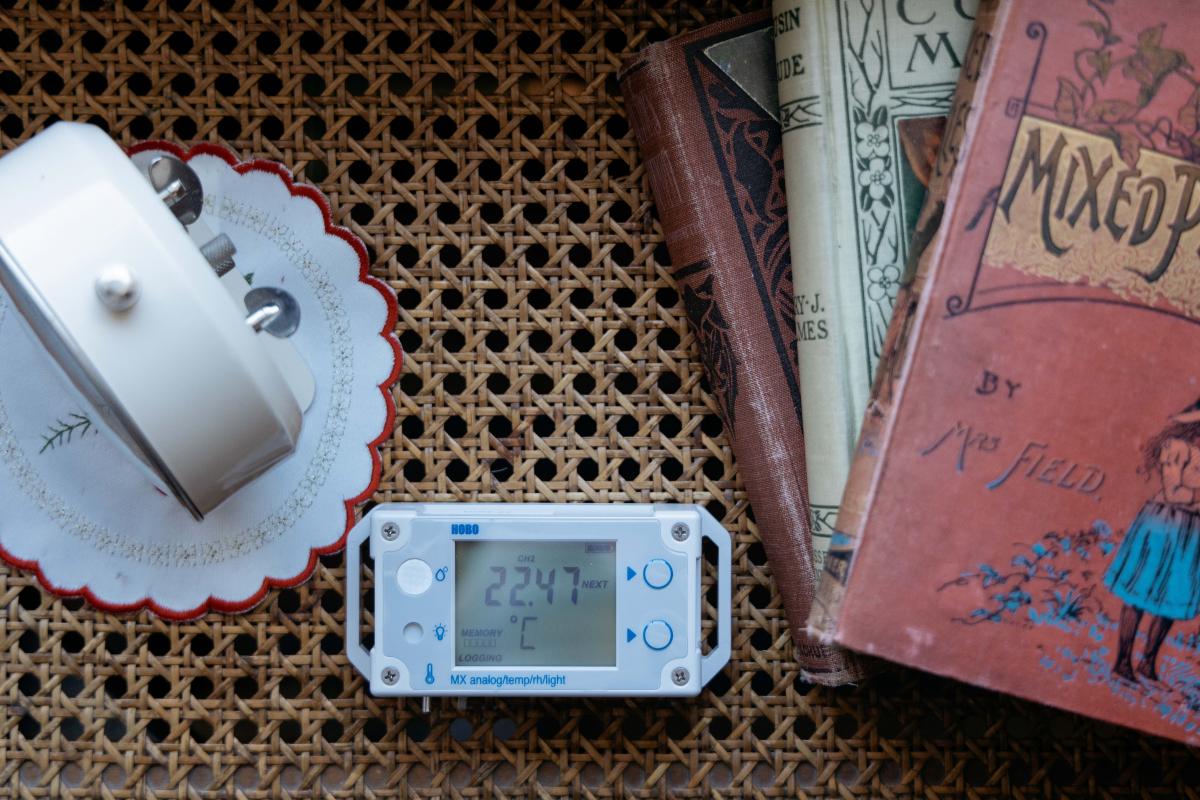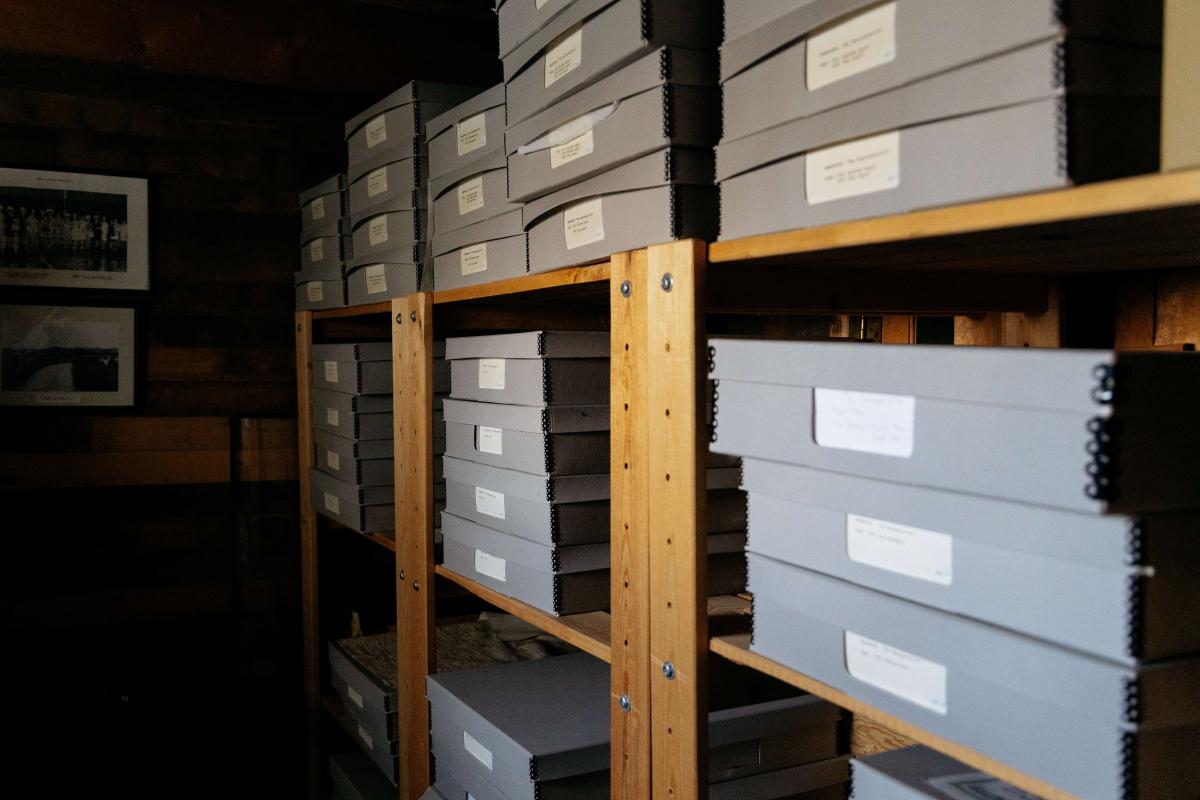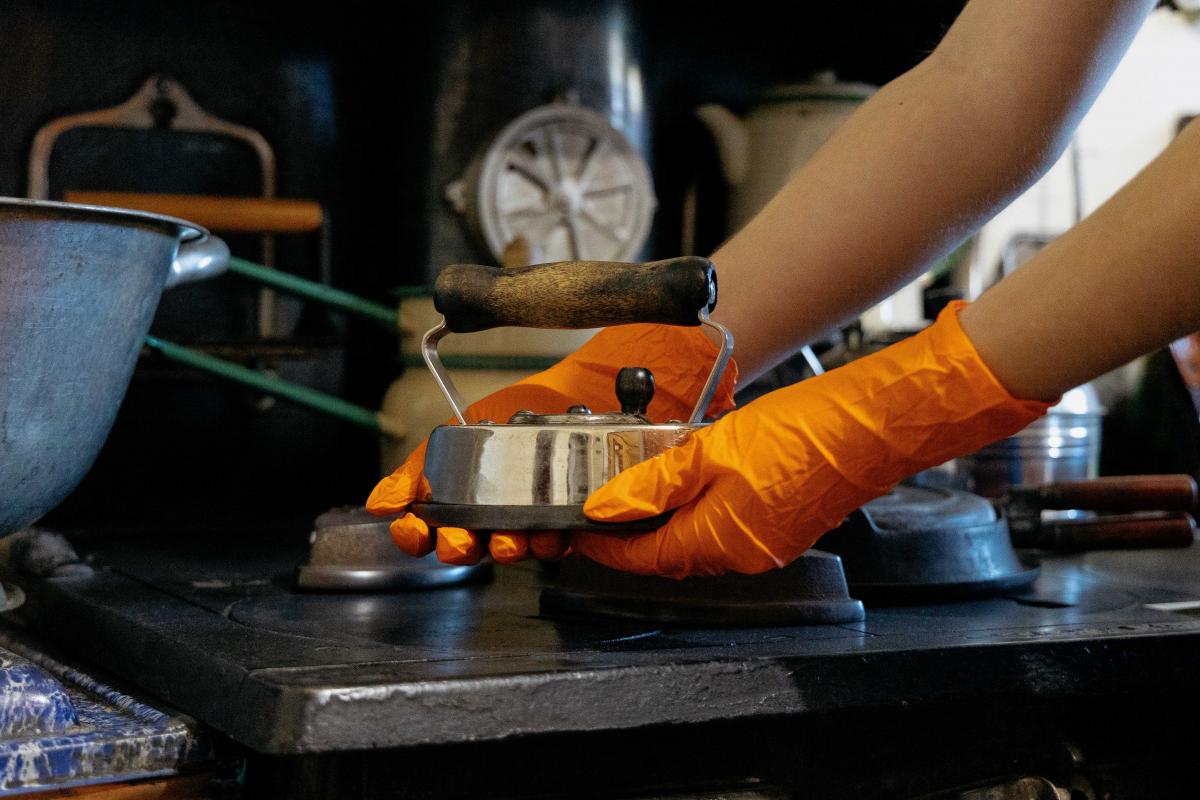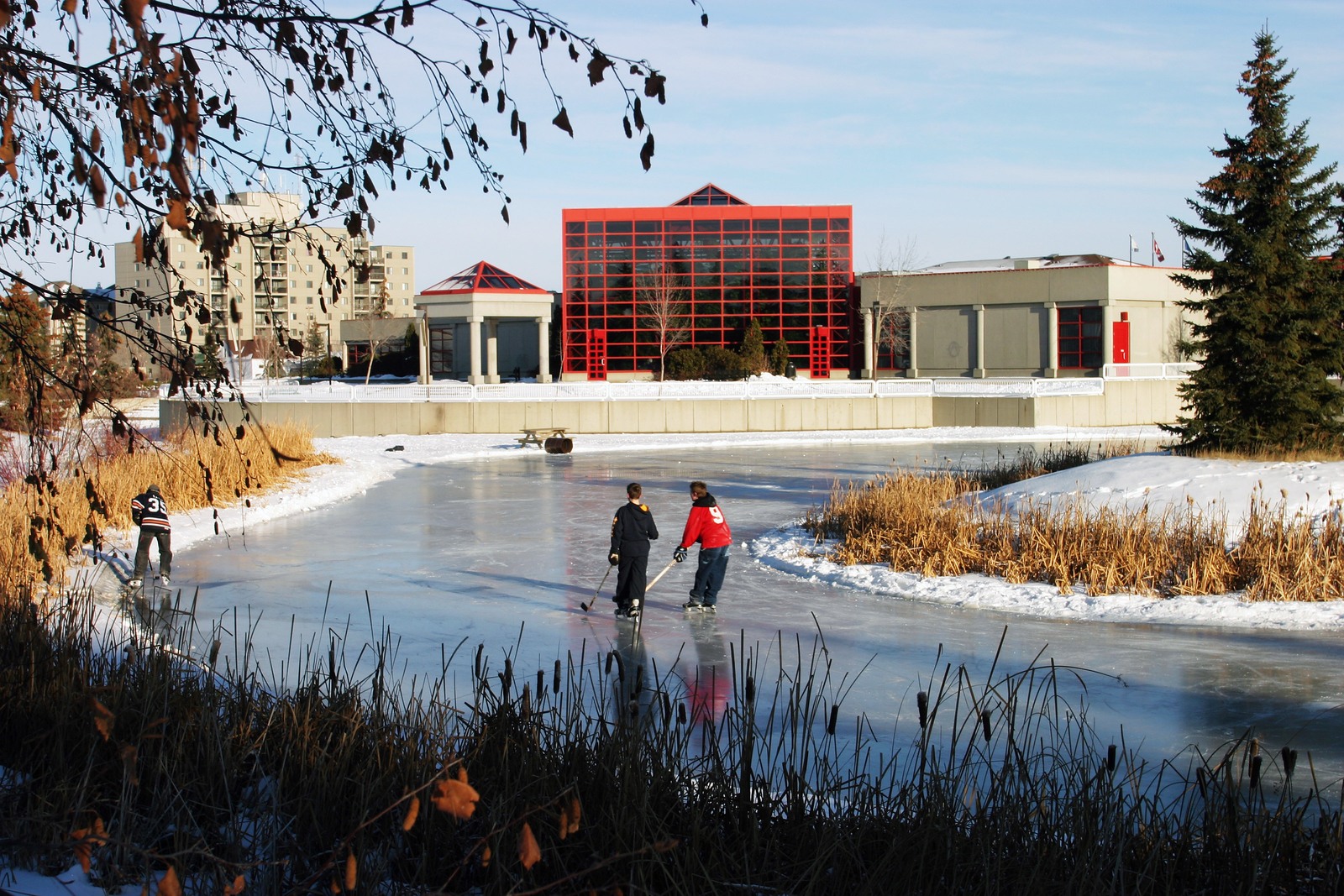An artifact in and of itself, the Dr. Woods House was not built to be a museum and lacks the specialized environmental controls needed for optimal artifact preservation. This leaves both the house and the collection vulnerable to sunlight, humidity and heat.
What’s more is that each type of artifact thrives best in a specific environment. Clothing (like Dr. Woods’ wool coats!) and other textiles require cool, dark and dry conditions. Wooden furniture benefits from stable humidity. Newspapers and photographs should be shielded from sunlight, as their inks and pigments are vulnerable to degradation.
To address these challenges, City staff are monitoring conditions using specialized software that tracks temperature, humidity and light levels. This data will inform decisions about environmental solutions such as UV filters, humidifiers or de-humidifiers, and temperature controls. The data can also help create localized microenvironments for sensitive artifacts by stabilizing conditions. Finding a balance that will protect the variety of artifacts in the Dr. Woods House Museum collection is an ongoing process.





